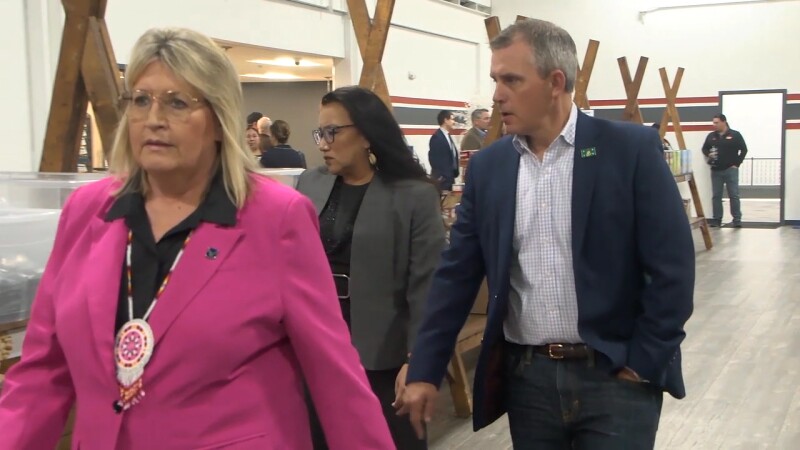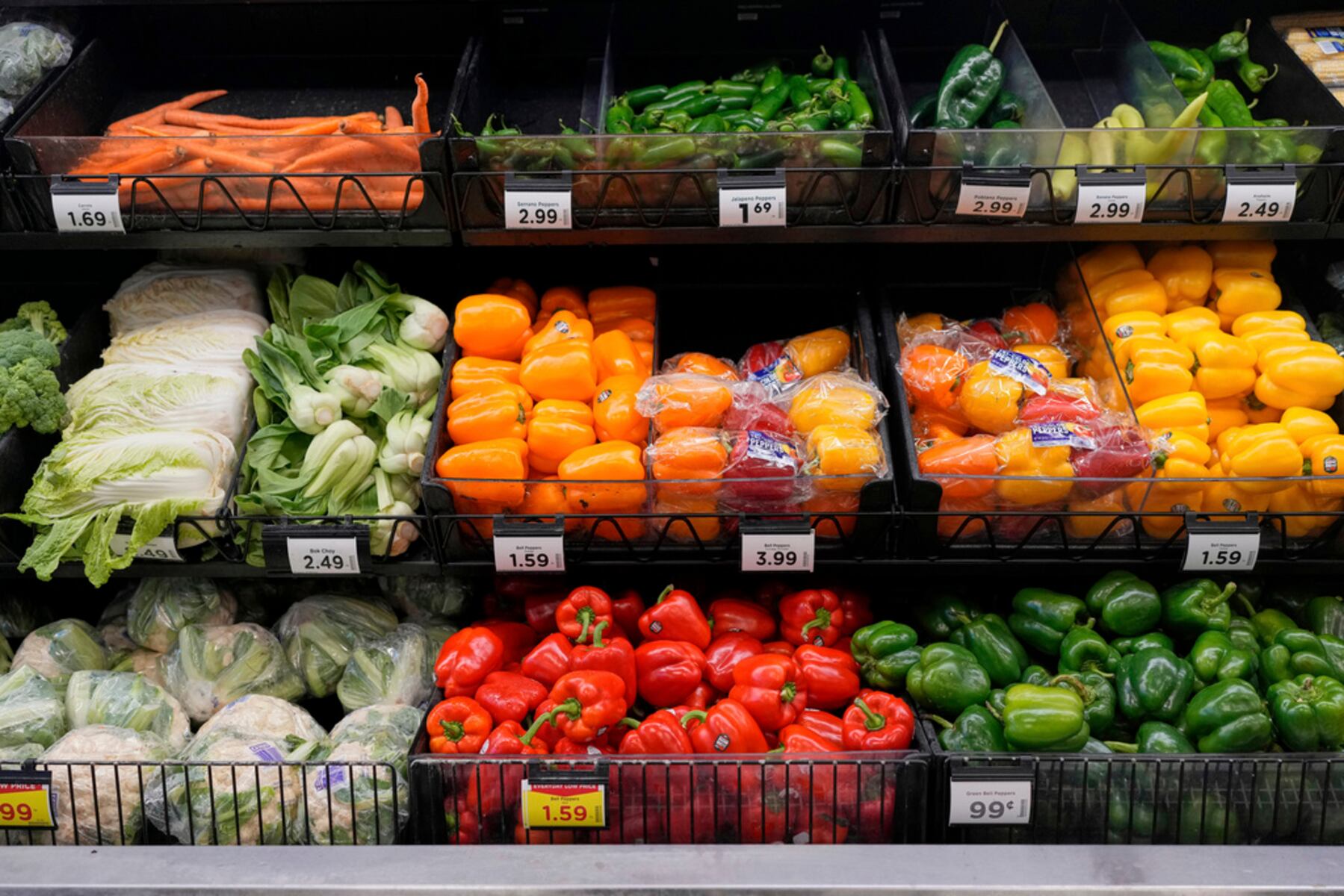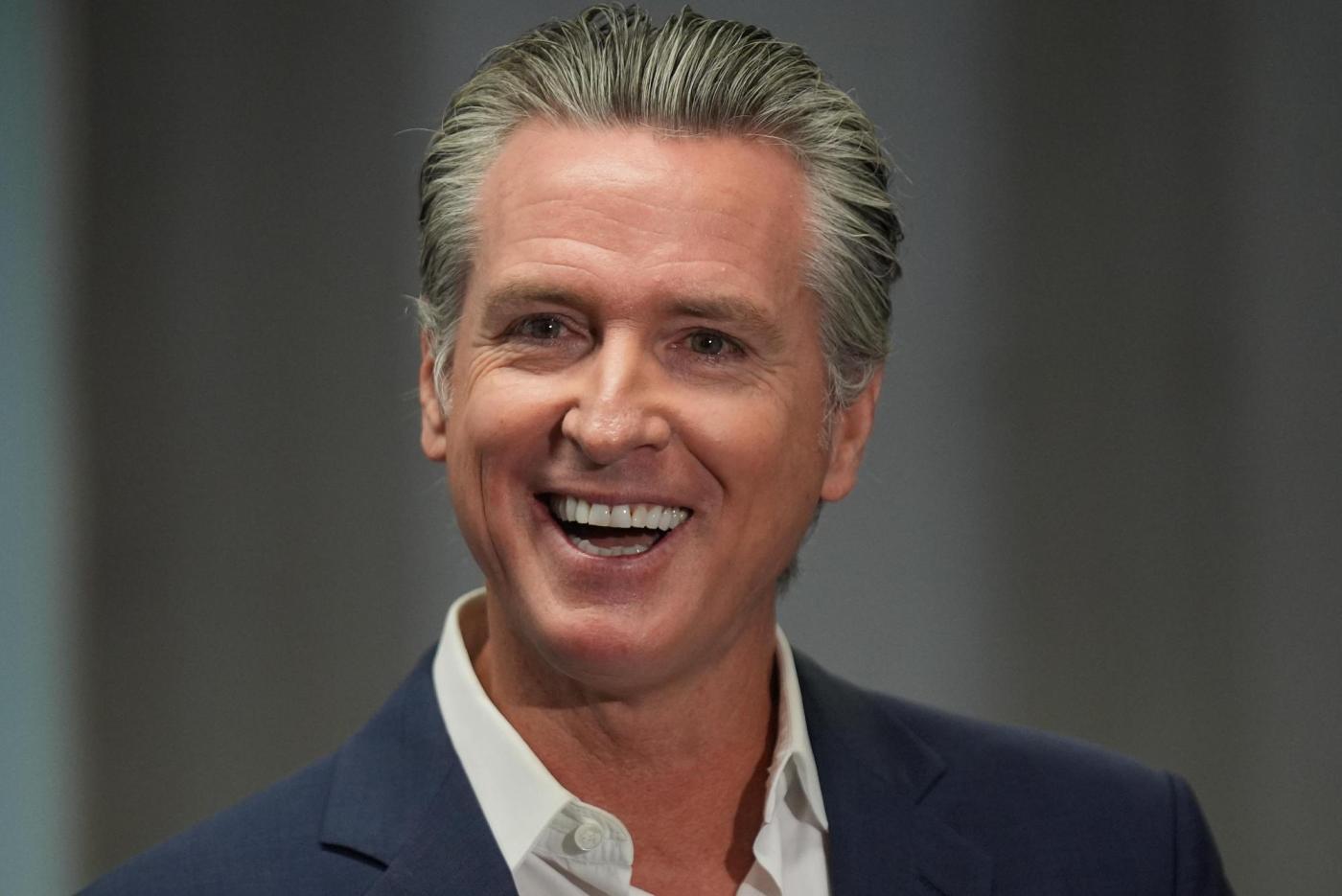In response to the ongoing federal government shutdown, North Dakota Governor Kelly Armstrong has implemented measures to support vulnerable residents, particularly those affected by the suspension of federal paychecks. Under his direction, the North Dakota Industrial Commission has introduced a low-interest bridge loan program through the Bank of North Dakota to assist furloughed workers, which includes members of the military. This initiative aims to provide financial relief during a challenging period marked by political standoff in Washington.
While the governor’s actions have received praise, some believe they do not go far enough. Recently, Armstrong announced a state effort to tackle food stamp shortages, allocating $1.5 million in funding. Among these funds, $915,000 will support the Great Plains Food Bank, enabling the organization to purchase an additional 450,000 pounds of food. This amount is expected to aid approximately 24,000 households in need. Additionally, the Women, Infants and Children (WIC) program is set to receive $600,000 to sustain operations throughout November.
Despite these efforts, significant concerns remain. Approximately 57,000 North Dakotans currently rely on the Supplemental Nutrition Assistance Program (SNAP), which distributes around $10 million in benefits each month. With Congress failing to resolve the budget impasse, the potential for November benefits to be reduced to zero poses a dire threat to many families.
The governor’s initiatives demonstrate a proactive response to the immediate needs of the community. Yet, the underlying issues are far more complex and cannot be resolved solely at the state level. As North Dakota faces challenges such as slowing revenue streams and a struggling agricultural sector, the burden of the federal shutdown weighs heavily on all residents. Many North Dakotans, even those not directly receiving SNAP benefits, are grappling with economic pressures including high inflation rates and rising costs of living.
Community support remains strong, with many individuals stepping forward to donate to local causes. However, these charitable efforts, while commendable, are unlikely to fill the gaps left by federal inaction. North Dakota’s agricultural industry is also experiencing significant challenges, leading to further economic stress for families and local businesses.
Armstrong’s initiatives, while commendable, highlight the limitations of state resources in addressing a crisis rooted in federal dysfunction. The governor has finite financial tools at his disposal, and the ongoing political stalemate in Washington complicates his efforts. With winter approaching, the urgency of the situation escalates, especially as funding for heating assistance is also on hold. This issue is particularly pressing for tribal communities, which often face heightened vulnerability during cold months.
In summary, Governor Kelly Armstrong has made strides in addressing the immediate impacts of the federal shutdown on North Dakotans, but these measures are insufficient in the face of a broader systemic failure. Solutions must emerge from Washington, where cooperation and effective governance are desperately needed to prevent millions of Americans from facing hunger and hardship as winter approaches.







